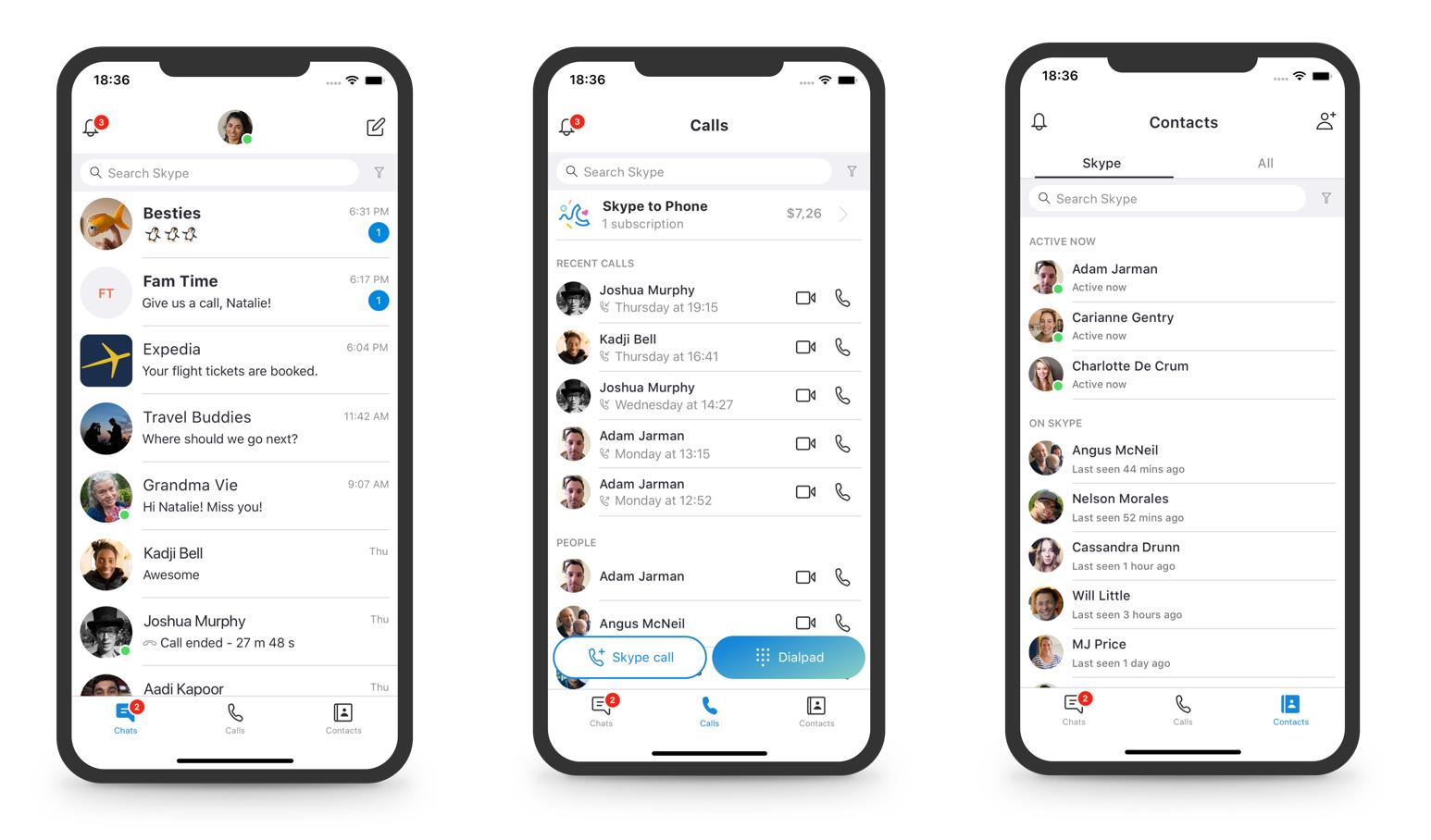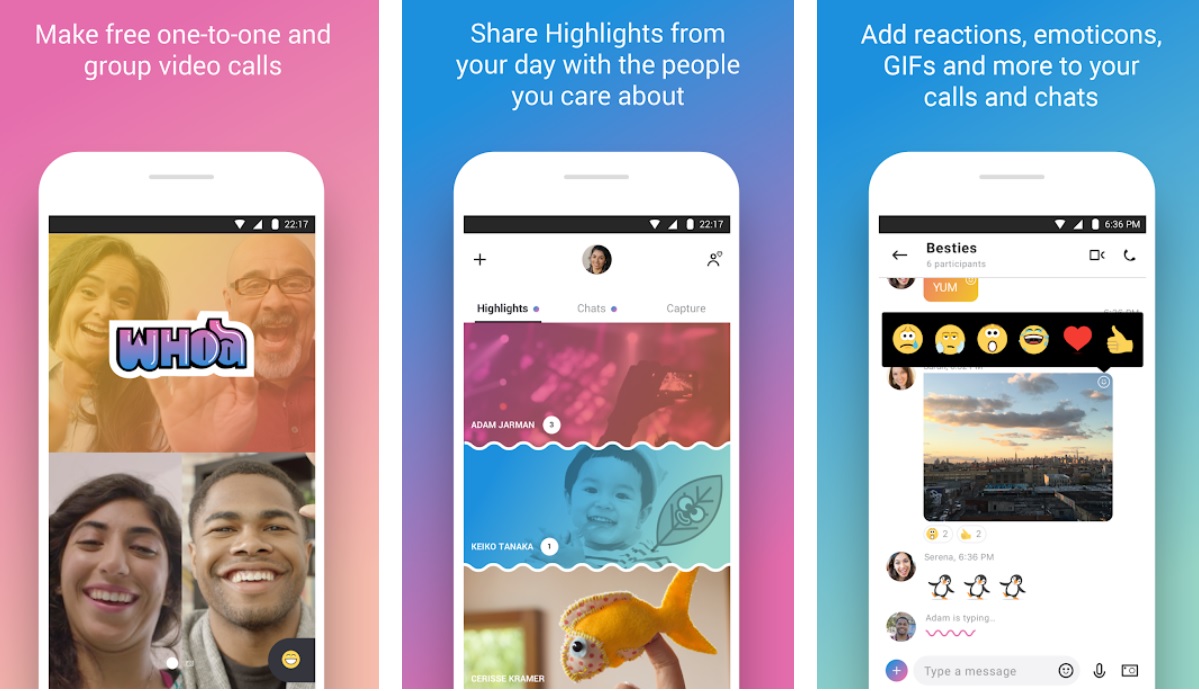Microsoft, Skype and yet another tale of regression
6 min. read
Published on
Read our disclosure page to find out how can you help MSPoweruser sustain the editorial team Read more

 Microsoft’s Skype has always been a contender for has-been app of the year. Starting as one of the market leaders in communications, it has since struggled to find its footing in a world where WhatsApp, Facebook Messenger and Apple’s Messages app exist.
Microsoft’s Skype has always been a contender for has-been app of the year. Starting as one of the market leaders in communications, it has since struggled to find its footing in a world where WhatsApp, Facebook Messenger and Apple’s Messages app exist.
Last year, Microsoft made the choice to break Skype out of its rut with a new update. It was a bold, decisive change to the way Skype worked. The app was now styled like a modern messaging app. Microsoft had stripped presence indicators, they were redundant. The firm had made the app more minimal. Our new high-resolution smartphones would make the design pop. Snapchatesque Stories were added to it. Another attempt at a social platform. Phone calls took a backseat. Users could easily start those from contact cards or messaging threads, and so the new Skype radically rethought the way people would use the platform. Not as a phone replacement, but as a messaging platform in the same vein as WhatsApp and Messenger.
Microsoft walked back this update almost immediately. At first, a redesign was issued to bring the app’s most familiar features back to users. Presence was reinstated, and the radical home screen change was tossed out for a more classic look. A few weeks ago, Microsoft jettisoned the last vestiges of this approach, and Skype reverted to — being Skype — albeit with a new coat of paint.
In principle, Microsoft’s change of approach is unobjectionable. It is commendable that the firm is listening to its customers and giving them what they want. However, I find it somewhat frustrating. The new Skype was polarising not just because it was new, but also because of other issues that had to go beyond the skin deep. Skype still remains a deeply unreliable and inconsistent app when it comes to notifications, sending and receiving messages and so on. One wonders what the reception would have been if Microsoft had worked on a more reliable Skype alongside its redesign and delivered both simultaneously.
Another issue that Microsoft may have noticed is low user engagement with Skype’s new features — and Skype in general. For many users, the service is simply a legacy app in the same vein as Yahoo Messenger and AOL Messenger were. When one needs to call Grandpa or Grandma, Facetime or WhatsApp Messenger will suffice. For friends, Facebook Messenger, Instagram, Snapchat offer video calling solutions of their own. Gamers use Discord, others use Slack, and so on.

Those issues aren’t fixed simply by reverting Skype back to the familiar app you know and (don’t) love, they are simply shoved aside so that Microsoft can pat themselves on the back for delivering a meaningful update. Now that Skype is simpler and more familiar, is it any more reliable? Are more users actively engaging with the service? What is the uptake of the new features? How many users are using payments? How many users are even aware of payments? What is Microsoft’s plan to fix this going forward, or does the firm simply plan to strip little-used features going forward?
Were Microsoft simply to listen to its users as per uservoice, then Skype was already ‘perfect’ and the firm need not do anything but make that horse faster. It follows then that any change, however slight, would be rejected by its base who simply want things to remain the same. Microsoft will then have to contend with trying to appeal to new and modern users with new features, and retaining its old users who simply don’t want any change. The result? Constant rubber banding between one extreme and the other. Remember when Skype was going to be iMessage on Windows? The work on that was never completed, and Microsoft went back to basics. Remember the Skype Universal Windows app with SMS integration planned? The work on that was never completed because Microsoft changed strategy halfway and returned to the basics. How about the Skype Windows RT app? Same as last time.
This approach to development is not simply a waste of resources, but it speaks to a lack of imagination as well. Microsoft has overhauled its messaging app three times over the past year. Two of those updates have been aimed at bringing it back to square one. This isn’t a unique weakness to the Skype team. Windows 10’s development offers multiple examples of this with the Microsoft Store serving as one such example. Originally created a was a way for Microsoft to incentivize app developers to build new and exciting apps for Windows, it is now a revitalized and thriving app store for developers to dump apps built for yesteryear. It is thriving, that much can be said, but the problem of people not building apps for Windows hasn’t been addressed so much as side-stepped.
To bring the conversation back to Skype, one solution for Microsoft could be to invest in multiple products while having a concrete end goal. Does someone want to build a new messaging app aimed at millennials? Make it a separate app so people can use old Skype and Skype-neo. without feeling forced. Google’s Allo and Duo is an example of this approach. The firm split up two elements of Google Hangouts into discrete apps as it worked to create a best in class messaging and video calling solution without the legacy of Google Hangouts. While Duo took off, Allo failed, but Google implemented elements from that messaging app in the next version of Android as well as the Messages app going forward and continued to push for RCS globally. Unlike Skype, Google didn’t simply revert its changes, for better or worse. The firm still has a clear goal to move towards. Hangouts as a consumer app is still on its way out, and the new Allo and Duo live on (albeit with Allo’s essence being moved to Android Messages.)
As for generating more consumer engagement, that’s a problem Microsoft will have to solve on its own.








User forum
0 messages